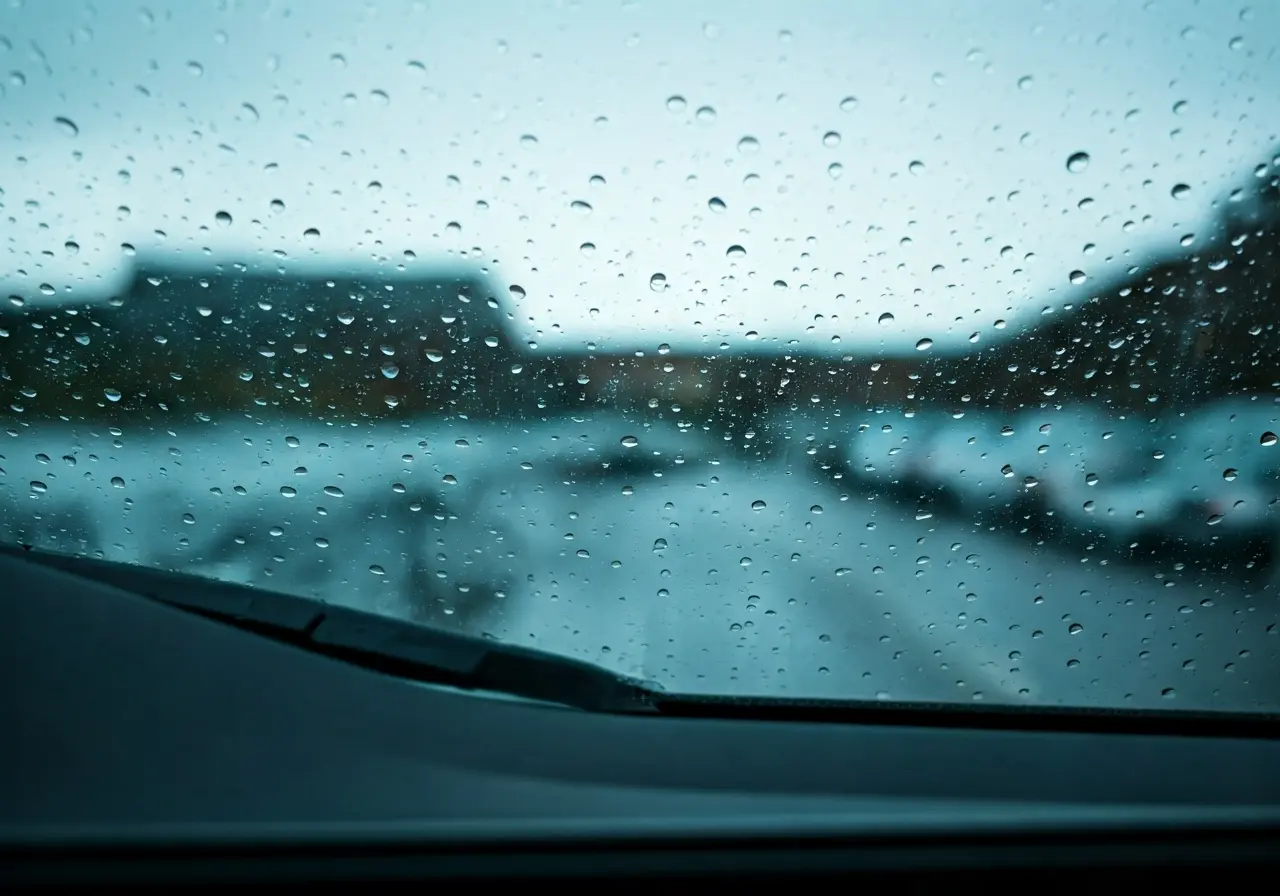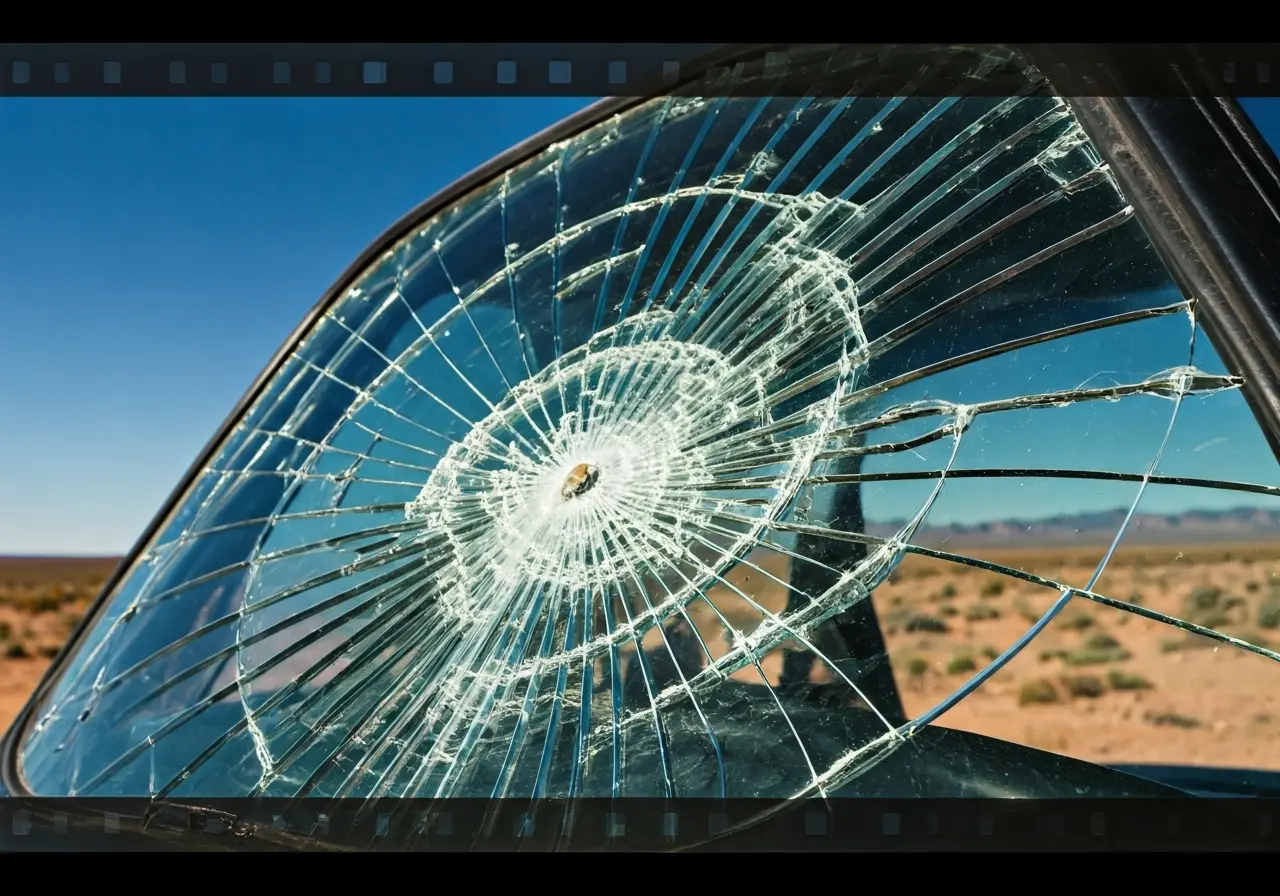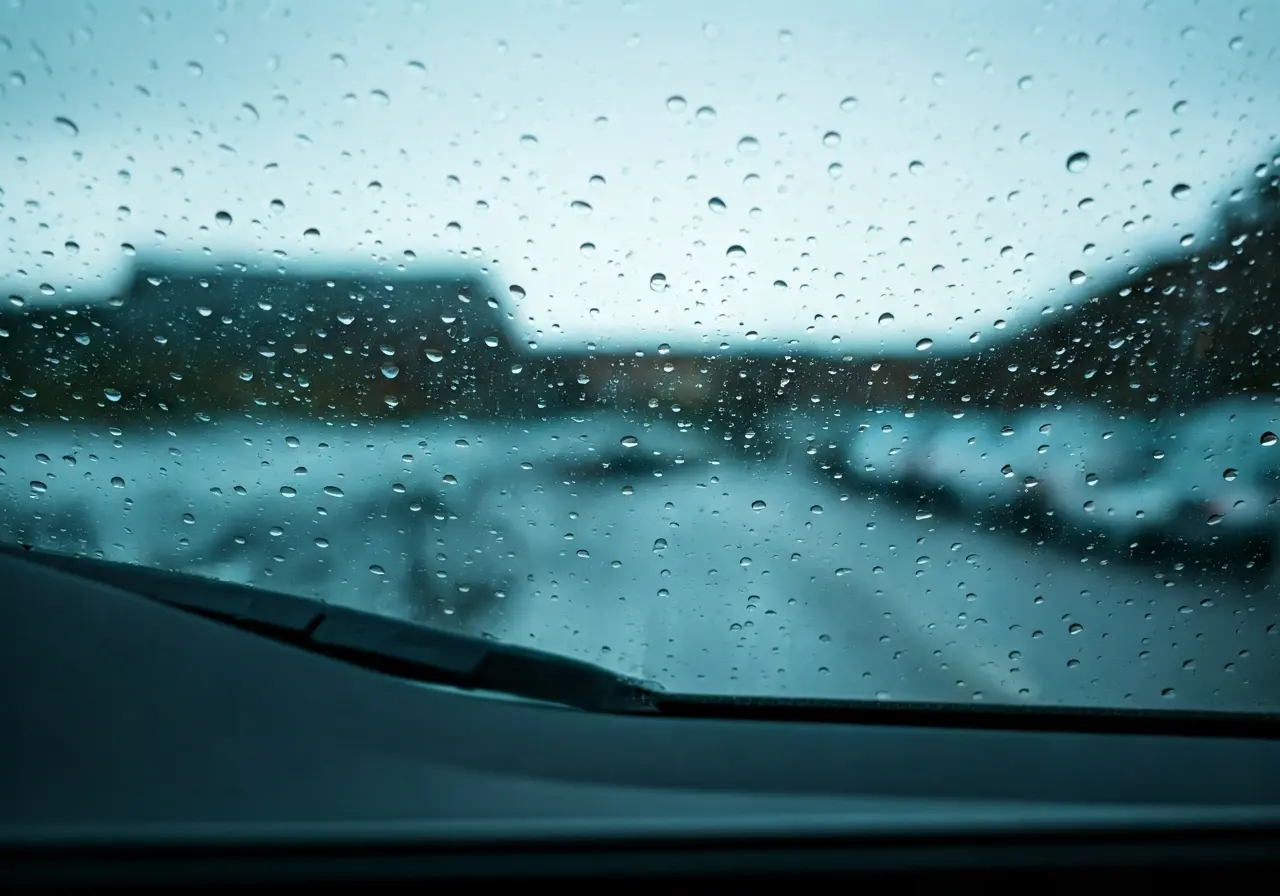Your windshield is a vital component of your vehicle’s safety and longevity, especially in the sunny climate of Phoenix. After a repair, it’s crucial to maintain its integrity and extend its lifespan. Here are some practical and easy-to-follow tips to keep your windshield in great shape.
1. Regular Cleaning and Care
Keeping your windshield clean is essential. Use a soft microfiber cloth and a gentle cleanser to avoid scratching the surface. Regular cleaning helps prevent the buildup of dirt and grime, which can harm the glass over time. Additionally, make sure to clean both the interior and exterior of your windshield. Dust, fingerprints, and other contaminants inside your vehicle can obscure your view just as severely as debris on the outside. Routine cleaning will enhance both clarity and your overall driving safety.
It’s also important to use the right cleaner to maintain the transparency of the glass. Opt for ammonia-free solutions that are specially formulated for auto glass. Ammonia, found in common household glass cleaners, can negatively affect any tinting on your windshield and be harmful to rubber and plastic surrounding the glass. Moreover, during your cleaning regimen, ensure your windshield wipes smoothly with your hand to check for any tiny pits or anomalies that might need closer inspection.
2. Mind the Temperature Changes
Phoenix can get incredibly hot. Avoid sudden temperature shifts, like using cold water on a hot windshield, as this can cause stress or cracks in the glass. Instead, allow your windshield to cool gradually. During the cooler months, try not to crank up the heater directly onto the windshield either. The rapid change in temperature can cause ‘thermal shock,’ a phenomenon where different parts of the glass expand at different rates, potentially leading to stress fractures.
You might also want to invest in a professional-grade sunshade, which can help moderate the effects of the sun’s direct heat on your windshield. A good sunshade can reduce the interior temperature of your car significantly, which protects not just the windshield but also the interiors of your vehicle from sun damage. By keeping these considerations in mind, you safeguard against unnecessary risks, helping your windshield continue doing its job effectively.
3. Choose the Right Parking Spot
Whenever possible, park your car in the shade or use a sunshade. This protects your windshield from the harsh UV rays and intense heat, which can cause damage over time. If shaded spots are scarce—common in crowded lots—planning your errands for early mornings or late afternoons when the sun isn’t at its peak can reduce exposure risks for your windshield. Moreover, parking under sturdy tree canopies not only provides shade but also serves as a buffer against sudden weather changes.
Another benefit of strategic parking is minimizing exposure to debris. Construction areas, busy roads, and truck-heavy routes frequently litter the air with particulates that can inadvertently hit and damage your windshield. Maximizing your car’s parking safety isn’t just about shade; it also involves considering the environment surrounding your vehicle. These thoughtful choices collectively contribute to your windshield’s longevity and help avoid unexpected repairs.
4. Inspect for New Damage
Make it a habit to check your windshield for any new chips or cracks. Catching these early can prevent them from spreading and necessitate another repair. In fact, minor chips can often be fixed quickly without impacting the structural integrity of the glass, often for little cost. Fortunately, these checks don’t require much time. A quick glance over can often be sufficient to catch something early.
Consider pairing your inspections with regular car washes. Cleaning and inspecting go hand in hand; freshly washed glass makes it easier to spot and assess anomalies. Emotional responses such as frustration can often cloud judgment when you first notice an issue. Approach any finding calmly, as small chips or cracks are not uncommon. Rather than delaying, addressing these quickly can often mean the difference between a small repair and a full replacement.
5. Use Proper Ice and Snow Removal Techniques
Even in Phoenix, unexpected weather can occur. Use a proper ice scraper if needed and avoid using materials like metal tools that could damage the glass. In unfamiliarly wet or cold conditions, having a plan or tool on-hand can be immensely reassuring. Utilize modern options such as de-icing sprays that can expedite the thawing process without risk to your glass, ensuring you remain prepared, no matter how rare harsh weather conditions might seem.
Moreover, resist the urge to hasten defrosting by using hot water; it may cause extreme thermal shock, cracking the windshield. If the frost is stubborn, try letting your vehicle run for a brief period. The engine’s warmth should help to naturally dissipate any ice accumulation, providing a safe and effective solution to preserve your windshield’s condition without unnecessarily risking damage. Always opt for patience and gentle handling in these scenarios.
6. Maintain Your Wiper Blades
Old or damaged wiper blades can scratch your windshield. Regularly check and replace them to ensure they don’t inflict any unnecessary damage. Wiper blades should be a low-cost and frequent investment in your vehicle’s maintenance. They are often underappreciated but play a crucial role when troublesome weather makes vision murky.
Fragile rubber components on blades can degrade quickly in Phoenix’s sun, which may cause them to fail when needed most. A wise maintenance practice is to change your wiper blades every six months. Select blades that best suit your driving conditions—be it heavy rain, frequent dust storms, or occasional frost. Consistent vigilance and renewal allow these unassuming components to protect your vision and your windshield effectively.
7. Avoid Slamming Car Doors
Slamming the doors can cause vibrations that may worsen existing chips or cracks. Close doors gently to protect your windshield. Vibrations may not only escalate existing flaws but also put undue stress on the structure of your car, potentially loosening fittings or seals that keep the windshield secure.
The sound may also trigger a reactionary action from seeing fellow passengers jolt and potentially hit their heads on the interior of your vehicle. Be mindful of these occurrences and make gentle symptom relief a part of your routine practice. Should any glass swelling noises occur from patient door-handling, you should consider a professional opinion to ensure your glass remains fit and sturdy for every journey.
8. Stick to a Regular Maintenance Schedule
Regular maintenance not only extends the life of your windshield but also the entire vehicle. Keep your car in good working order to prevent any damage-inducing incidents. A routine check-up to ensure all components are aligned and fully functional is essential. It is an all-encompassing strategy that allows you to detect potential issues before they become real threats.
Regular tire rotations, engine checks, and checking fluid levels all contribute to reducing mechanical shear or stress on the windshield during any drive. Professional oversight can offer guidance and provide proactive care strategies. Such diligence cultivates a longer-lasting vehicle environment, reflecting both in the performance and reliability of your car and its components, including your commitment to safety through a durable windshield.



